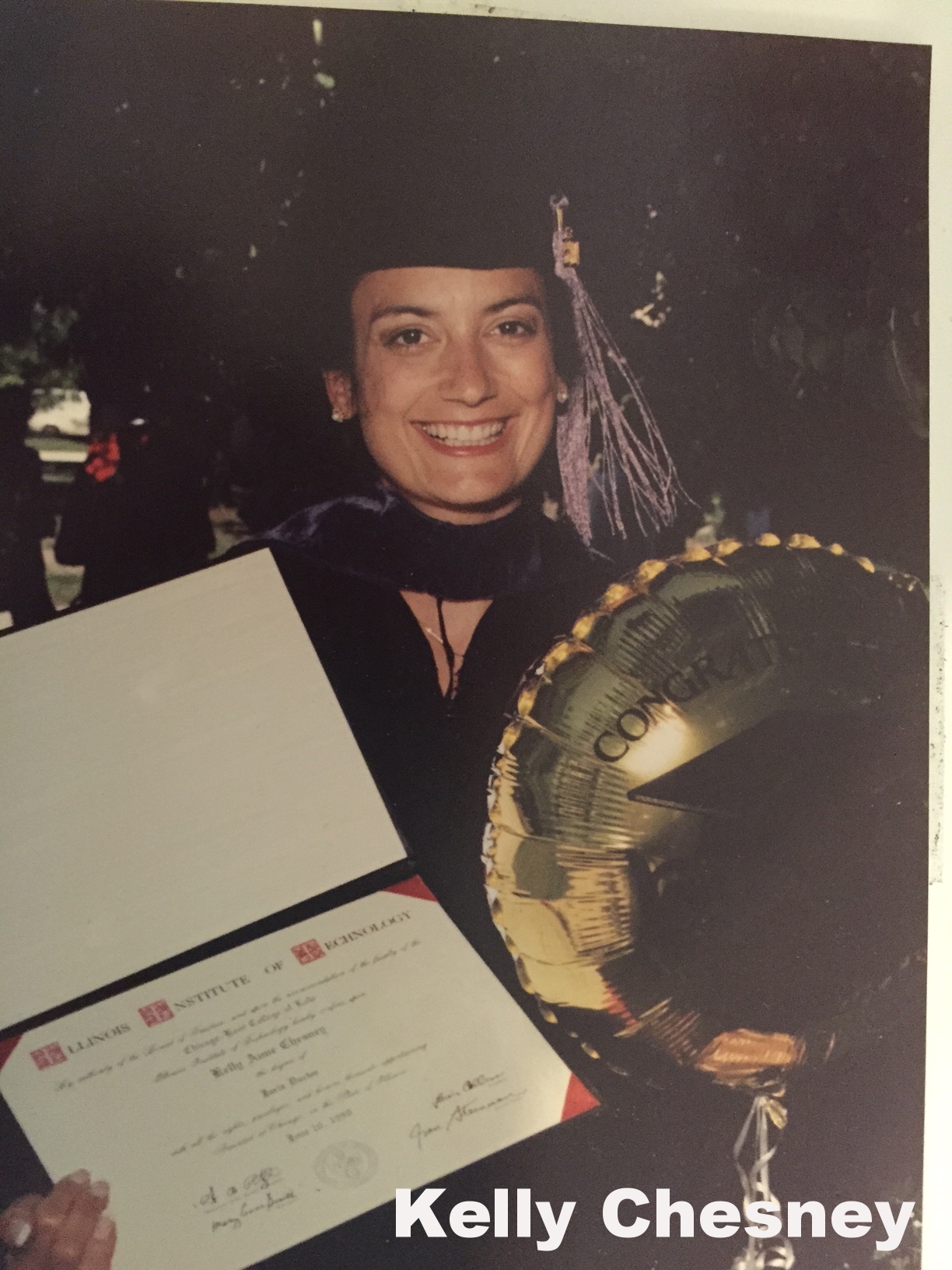I realized I was getting a bit long in the investment industry tooth the other day when I actually started a sentence with “Back in my day…” In fact, all I needed was a cane and the ability to shoo kids out of my front yard for a full flashback to the crotchety down-the-street neighbor from my youth.
What aroused this fit of curmudgeonly angst, you may ask? Well, sad to say it was a pitch book.
Many of you know that I spend an inordinate amount of time looking at pitch books. I’ve seen long ones and short ones. Blue, black and green ones. Stapled, bound, slick, fancy or plain, I’ve seen so many pitch books my retinas have paper cuts.
Recently, while looking through a stack of pitch books I noticed a disturbing trend.
Title Page
*flip*
Tiny Print Disclaimers No One Reads
*flip*
Table of Contents
*flip*
Fund Highlights
*flip*
Performance
*flip*
Investment Process
*flip*
Portfolio Construction…
*flip*
Wait. Something is missing. *flip* *flip* *flip*
Hmmmm…*flip* *flip* *flip* *flip*
Oh wait….HERE it is…Firm and Manager Information. At the end? You betcha. Sometimes it was even in the appendix.
Look, don’t get me wrong - I recognize that investors are laser focused on returns. With all the underfunding and under-saving and underperforming, I get it. Returns matter. But they aren’t (or shouldn’t be) the only factor in the investment decision-making process.
Back in my day…
When I started investing in the late 1990s, we had a slightly different modus operandi for choosing hedge funds. Sure, we screened for alternative investment options based on returns (where available), but we didn’t get a lot of elaborate pitch books. Often all we got was a PPM, a conversation and, if we were lucky, some sort of beverage during our meeting. There wasn’t necessarily a formal “pitch” and the meetings generally entailed a lot of Q&A. My write-ups for the rest of the investment committee weren’t limited to number of positions, leverage, and service providers (although those were certainly important), but also included my general impressions of the manager and staff.
After all, we were placing money in a fund, but we were actually entrusting it to a person. And while it’s nice to think about percent returns, alpha, beta and the whole carful of Greeks, the decision of whether we were interested in a fund couldn’t be isolated from how we felt about the people to whom wrote that big freakin’ check. (Ok, it was a wire, I’m not THAT old).
Unfortunately, I think relationships and trust can get lost in DDQs, tear sheets, check boxes and stress tests, and the proof is in the pitch book pudding. Managers are eschewing bios, org charts, firm details and even grim, blank wall mug shots for pages and pages of data.
And even though my first question has always been “can this person manage money?” it has always been followed by “and can I trust them to do so?”
I mean, you can't just divorce the process & performance from the person. Even in the most quantitative strategies, with the most robust black box systems or rigorous analysis ,a person is at the helm, programming risk levels, making assumptions about the markets and investments & deciding who to trust with that information. In short, people matter & you should know & understand those people as well as you understand the strategy.
Think of it this way, if you trust your fund managers you sleep better at night. Combined with robust operational controls, you don’t worry that the manager may be running off to Key West to follow Jimmy Buffet with your money and a Coral Reefer tee-shirt. You also communicate better. Chances are the fund manager will engage with you more, and in a more open fashion. Simply put, the relationship and trust you mutually establish makes it easier to keep your mind on your money and your money on your fund managers’ mind. And of course, volatility is easier to stomach. In times of market or strategy volatility, you’re less likely to second guess or panic. If you trust the manager is executing the strategy you hired them to do, and you believe the market opportunity continues to exist, you can handle a loss.
If you think the manager is a lunatic, an a-hole, a loose cannon or in any way resembles Leonardo Dicaprio from Wolf of Wall Street in any way, none of that is possible.
Now, don’t get me wrong – I am not anti-research. Anyone who knows me (or even knows of me) understands that I let my Geek Flag fly. I also am familiar with the growing body of research that shows we have a tendency to make bad decisions when we rely only on our intuition. I’m also not anti-pitch book – I think a great pitch book helps before, during and after a meeting. But I do think we could all use a little reminder that, at the end of the day, we’re investing in people, and those people can ultimately make or break our investment experience.
So managers, put on a clean tie and go stand in front of your conference room wall, get your school picture taken and put it, and information about you and your staff, in your pitch book BEFORE you go too far down the strategy rabbit hole. And investors, look up from the checklist from time to time and think about whether you like, trust and can talk to your fund manager – you’ll both be glad you did.

























